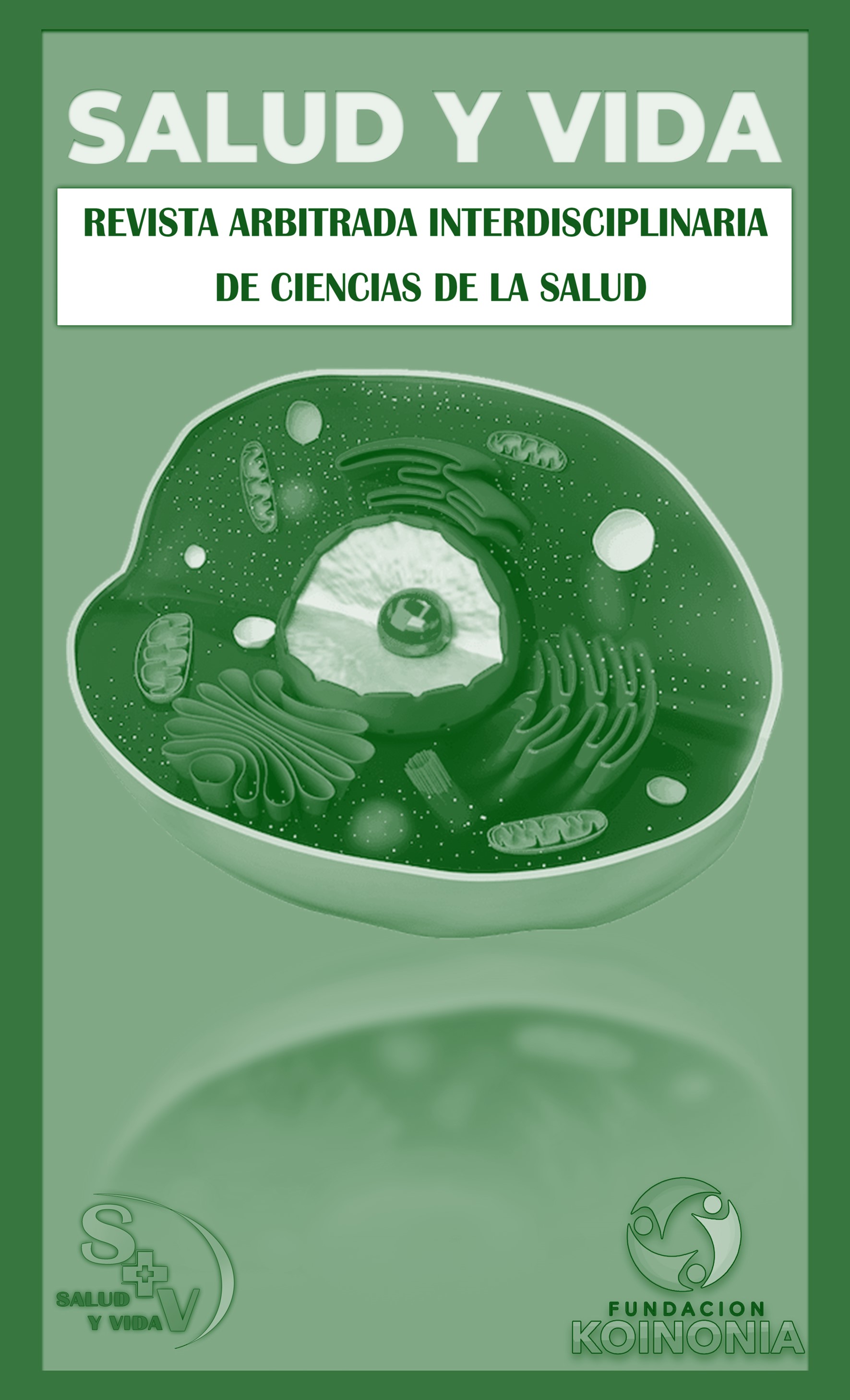Modelos pre y post tratamiento ortodóntico escaneado con maloclusiones Clase I y II.
DOI:
https://doi.org/10.35381/s.v.v9i1.4514Palabras clave:
Ortodoncia, modelos dentales, arco dental, (Fuente: DeCS).Resumen
RESUMEN
Objetivo: Establecer diferencias en los modelos pre y post tratamiento ortodóntico escaneado con diferentes maloclusiones en los pacientes atendidos en la especialidad en Ortodoncia, sede Azogues, de la Universidad Católica de Cuenca, 2021-2023. Métodos: Se realizó un estudio cuantitativo observacional, descriptivo y retrospectivo. Se tomó los modelos de estudio de pacientes atendidos con ortodoncia fija sin restricción de la edad. La muestra fue probabilística por conveniencia en total 15 modelos en cada grupo Clase I y II esqueletal. Se utilizó la prueba de rasgos de Wilcoxon con nivel de significancia al 95%. Resultados: Presentó cambios clínicos en las variables clase molar, longitud intercanina, longitud intermolar, forma de la arcada, análisis de mayoral. Cambios estadísticamente significativos en primer premolar y segundo premolar mandibular en Clase I. Conclusión: Se obtuvieron cambios estadísticamente significativos en Clase I, mientras que en Clase II solo presentaron cambios clínicos.
Descargas
Citas
Suryajaya W, Ismah N, Purbiati M. Accuracy of digital dental models and three-dimensional printed dental models in linear measurements and Bolton analysis. F1000Res. 2021;10. http://dx.doi.org/10.12688/f1000research.31865.2
Baciu ER, Budală DG, Vasluianu RI, Lupu CI, Murariu A, Gelețu GL, et al. A comparative analysis of dental measurements in physical and digital orthodontic case study models. Medicina (Lithuania). 2022;58(9). http://dx.doi.org/10.3390/medicina58091230
García D, Mongragón T, Mendoza A, Venegas R. Assessment of palate dimensions and its relation with vertical alterations. Rev Odontopediatr Latinoam. 2021. https://doi.org/10.47990/alop.v11i1.208
Todor BI, Scrobota I, Todor L, Lucan AI, Vaida LL. Environmental factors associated with malocclusion in children population from mining areas, Western Romania. Int J Environ Res Public Health. 2019;16(18):1–16. http://dx.doi.org/10.3390/ijerph16183383
Crespo C, Domínguez C, Vallejo F, Liñán C, Castillo C del, León-Manco RA, et al. Impact of malocclusions on quality of life and need for orthodontic treatment in schoolchildren of two private schools Azogues-Ecuador, 2015. 2017;27(3).
Gera A, Gera S, Cattaneo PM, Cornelis MA. Does quality of orthodontic treatment outcome influence post-treatment stability? A retrospective study investigating short-term stability 2 years after orthodontic treatment with fixed appliances and in the presence of fixed retainers. Orthod Craniofac Res. 2022;25(3):368–76. https://doi.org/10.1111/ocr.12545
Garg H, Khatria H, Kaldhari K, Singh K, Purwar P, Rukshana R. Intermolar and intercanine width changes among Class I and Class II malocclusions following orthodontic treatment. Int J Clin Pediatr Dent. 2021;14(Special Issue 1):S1–6. http://dx.doi.org/10.5005/jp-journals-10005-2049
Rafiei E, Haerian A, Fadaei Tehrani P, Shokrollahi M. Agreement of in vitro orthodontic measurements on dental plaster casts and digital models using Maestro 3D ortho studio software. Clin Exp Dent Res. 2022;8(5):1149-57. http://dx.doi.org/10.1002/cre2.605
Soboku T, Motegi E, Sueishi K. Effect of different bracket prescriptions on orthodontic treatment outcomes measured by three-dimensional scanning. Bull Tokyo Dent Coll. 2019;60(2):69–80. http://dx.doi.org/10.2209/tdcpublication.2018-0030
Jiménez-Gayosso SI, Lara-Carrillo E, López-González S, Medina-Solís CE, Scougall-Vilchis RJ, Hernández-Martínez CT, et al. Difference between manual and digital measurements of dental arches of orthodontic patients. Medicine (United States). 2018;97(22). http://dx.doi.org/10.1097/MD.0000000000010887
Borja Espinosa DM, Ortega Montoya EA, Cazar Almache ME. Prevalence of skeletal malocclusions in the population of Azuay province - Ecuador. Res Soc Dev. 2021;10(5):e24010515022. https://n9.cl/0ou2c
Omar H, Alhajrasi M, Felemban N, Hassan A. Dental arch dimensions, form and tooth size ratio among a Saudi sample. Saudi Med J. 2018;39(1):86–91. http://dx.doi.org/10.15537/smj.2018.1.21035
Carter GA, McNamara JA. Longitudinal dental arch changes in adults. 1998.
Nojima K, McLaughlin RP, Isshiki Y, Sinclair PM. A comparative study of Caucasian and Japanese mandibular clinical arch forms [Internet]. Angle Orthod. 2001;71(3):195–201. https://n9.cl/a326c
Mendoza P, Gutiérrez J. Dental arch form in orthodontics. Rev Tamé. 2015;327–33.
Acosta D, Porras A, Moreno F. Relation between the facial contour form, the dental arches and the upper central incisors shape in dental students from Universidad del Valle-Cali. Rev Estomatol. 2017;19(1). http://dx.doi.org/10.25100/re.v19i1.5719
Publicado
Cómo citar
Número
Sección
Licencia
Derechos de autor 2025 Paola Liseth Lara-Sierra, Miriam Verónica Lima-Illescas

Esta obra está bajo una licencia internacional Creative Commons Atribución-NoComercial-CompartirIgual 4.0.
CC BY-NC-SA : Esta licencia permite a los reutilizadores distribuir, remezclar, adaptar y construir sobre el material en cualquier medio o formato solo con fines no comerciales, y solo siempre y cuando se dé la atribución al creador. Si remezcla, adapta o construye sobre el material, debe licenciar el material modificado bajo términos idénticos.
OAI-PMH: https://fundacionkoinonia.com.ve/ojs/index.php/saludyvida/oai.









